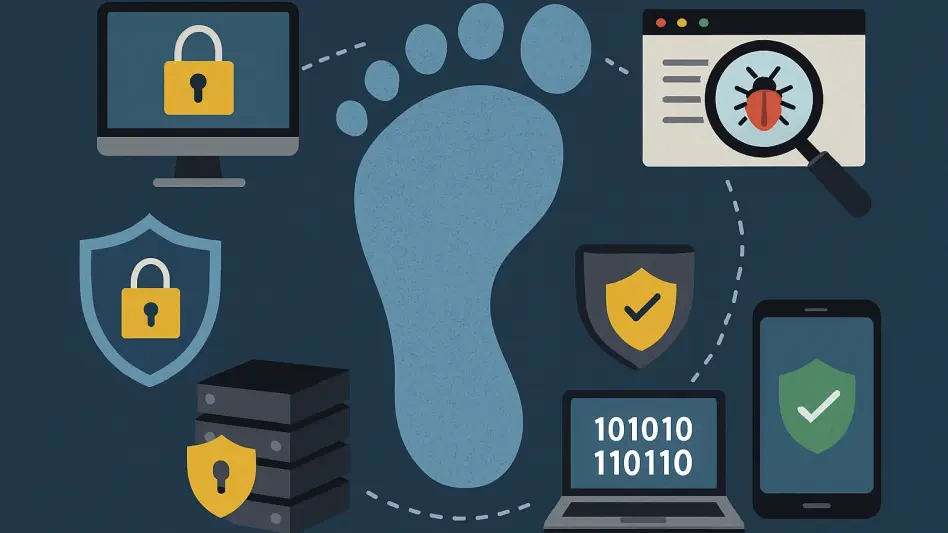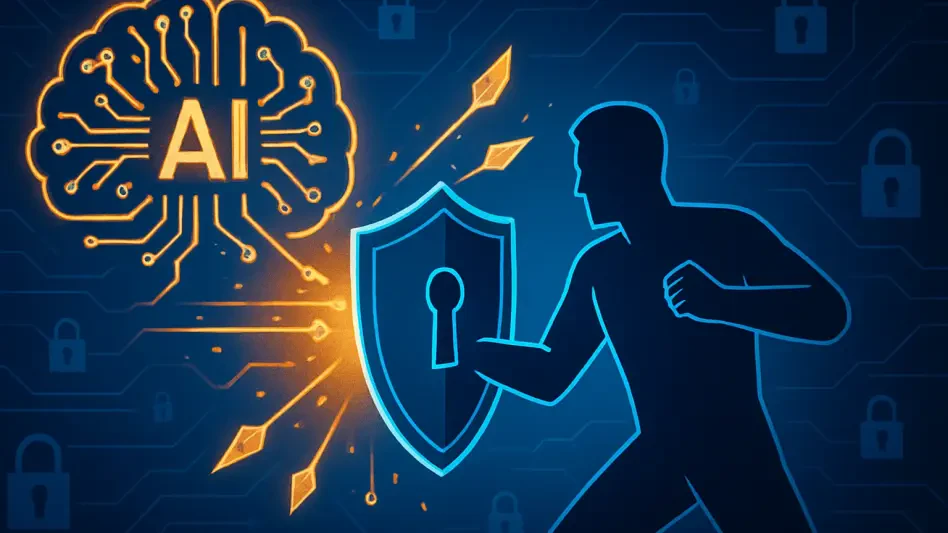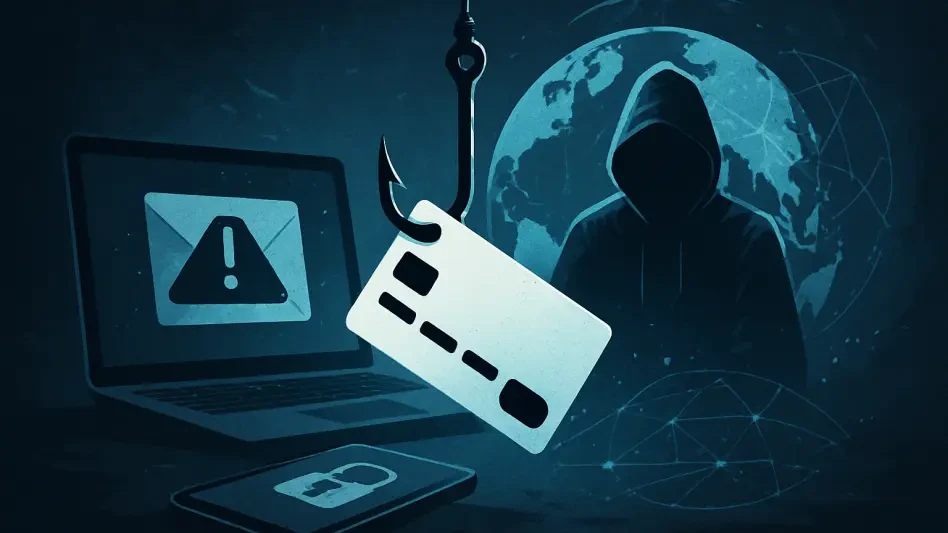In the age of digital transformation, the battle against cyber threats has reached a new frontier. A simple yet profound shift is happening in the realm of software development, poised to change the cybersecurity landscape. Memory-related vulnerabilities have plagued software systems for decades, leading to devastating breaches and data loss. As awareness grows, a new wave of programming languages offers the promise of a safer digital world. What if the code we relied upon inherently prevented such breaches?
The Unseen Threat of Memory Vulnerabilities
Memory vulnerabilities represent silent disruptors in cybersecurity, often lurking in legacy systems that form the backbone of today’s digital infrastructure. These vulnerabilities compromise not just daily user interactions but also critical infrastructures like power grids and financial systems. Reports from organizations like the National Security Agency (NSA) and the Cybersecurity and Infrastructure Security Agency (CISA) underline the pervasive nature of these flaws and their exploitation by malicious entities. Addressing these vulnerabilities is no longer an option but a necessity to fortify our digital future.
A New Dawn with Memory Safe Languages
Memory safe languages, such as Rust, offer a breath of fresh air by structuring programming languages in a way that inherently avoids common memory errors like buffer overflows. Rust, among others, is engineered to ensure that developers cannot inadvertently introduce such vulnerabilities, offering a significant layer of security by design. Industries and projects adopting these languages report notable enhancements in system security, showcasing their effective function in real-world scenarios. As they gain traction, MSLs represent not only technological advancement but also a philosophical shift in how software can and should be developed.
Overcoming Hurdles on the Path Forward
The transition to memory safe languages, while promising, is not without its challenges. Legacy systems present a complex web of dependencies and performance considerations. Retrofitting these systems with more secure options demands a strategic approach, balancing short-term feasibility with long-term security benefits. Strategies such as modular rewrites and thorough dependency management can aid organizations as they navigate these complexities. Training programmers and enhancing tools are crucial to ensuring a smooth transition without disrupting existing workflows.
Insights and Innovations Leading the Charge
Cybersecurity experts, educational institutions, and government programs are forming the vanguard of this change. Initiatives like DARPA’s TRACTOR program are spearheading efforts to translate legacy code into memory safe languages. Concurrently, academic curriculums increasingly incorporate memory safety as a core competency, preparing the next generation of developers. Both sectors stress the shared responsibility in driving this change, combining knowledge and experience to enable the effective and widespread adoption of memory safe practices.
Industry Collaboration: The Key to Lasting Change
Collaborative industry efforts are pivotal in transforming security practices. Projects such as those spearheaded by Prossimo and the Open Source Security Foundation (OpenSSF) are crucial in promoting systemic change and advocating for the construction of internet infrastructure utilizing memory safe code. These initiatives highlight a collective recognition of memory safety’s importance and the concerted efforts required to integrate it meaningfully across sectors. With shared standards and goals, cross-industry cooperation provides the scaffolding for enduring improvements in cybersecurity.
Seizing Opportunity: The Way Forward
Reflecting on the progress made and challenges overcome, it remains clear that memory safe languages hold a crucial place in the future of software security. While these languages are not universal solutions to all security challenges, their strategic adoption fosters resilience in an increasingly digital age. As organizations increasingly define memory safety strategies, they contribute to a foundation for a safer digital environment. The ongoing implementation of MSLs marks a significant leap forward in the collective effort to safeguard data integrity and maintain public trust in technology.








